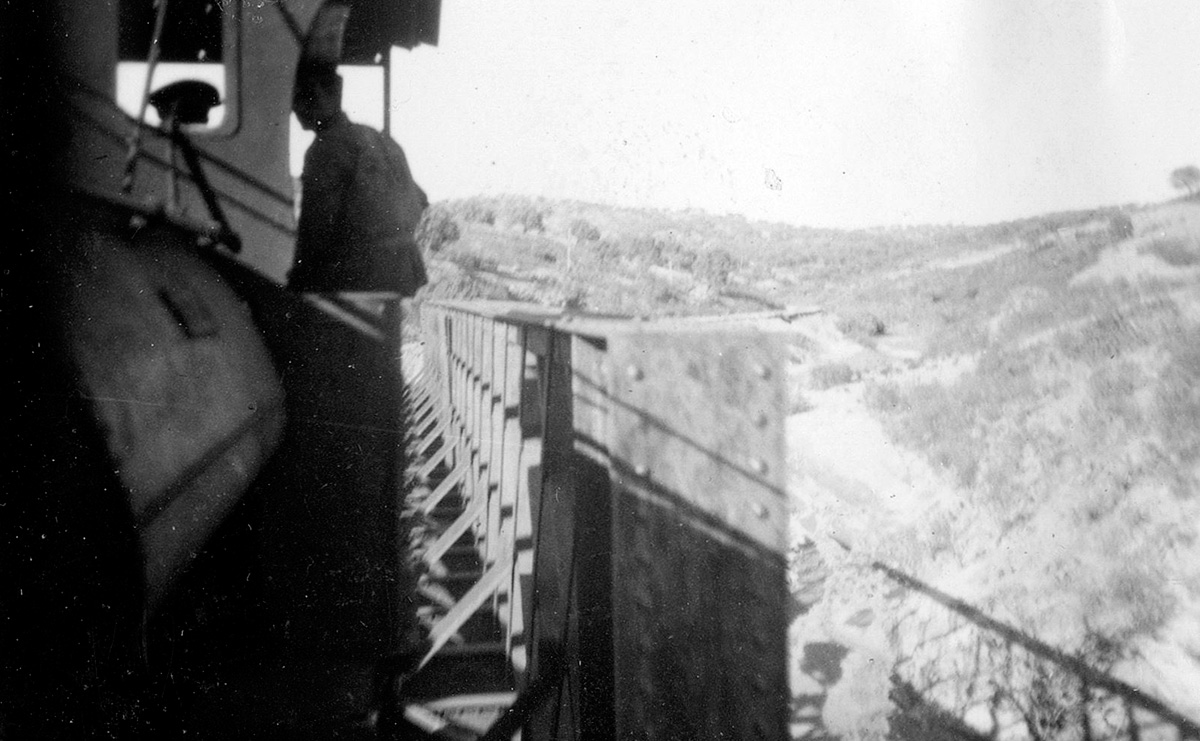Guadiana Greenway Nature Trail
History of the Railway

The combination of mining and railways gave rise in Spain to some of the densest and most complex railway networks. Asturias, the Almería coast, Linares, or Huelva were places where, not so long ago, the squeal of wagons and the laboured breath of steam engines were inseparable from the landscape. It was in this context that the railway behind today’s greenway was built, linking the Andévalo region of Huelva with the Spanish–Portuguese border, set along the navigable stretch of the Guadiana. This area, rich in mineral wealth, contained deposits of copper and sulphur near the hamlet of El Sardón, exploited by the company “The Bede Metal.”
The main market for this production lay outside the Iberian Peninsula, and the most effective outlet was via the Guadiana itself, navigable for some 50 km in its final stretch. The most suitable spot for shipping the output of the Minas de las Herrerías, which is how this mining area was called, was a tight bend in the river, soon known as Puerto de La Laja. Here a substantial loading dock was built, along with a small settlement for miners and railway workers. Rail operations began in 1890, though at first the line did not reach Puerto de La Laja.
In its early years, transport included a curious aerial stage —not by aeroplanes, of course, but via a simple mining cable from the Sardón terminal down to the river port. However, this constant breaking of the transport chain increased costs, the least profitable part of the business. Thus, between 1905 and 1914, work was carried out to eliminate the cable system: the line was extended from its original 20 km to reach the port itself, while on the opposite side it was lengthened towards Puebla de Guzmán. In total, some 32 kilometres of tracks were laid, with small mining hamlets springing up along the route. Mines and railway alike grew rapidly, but the insufficient depth of the dock at La Laja for sea-going vessels eventually led to the abandonment of this intermodal traffic. By 1965 all train and river traffic had given way to lorries and roads. The mines closed some years later, and of the railway only the trackbed remained —the route that is now the Guadiana Greenway.

